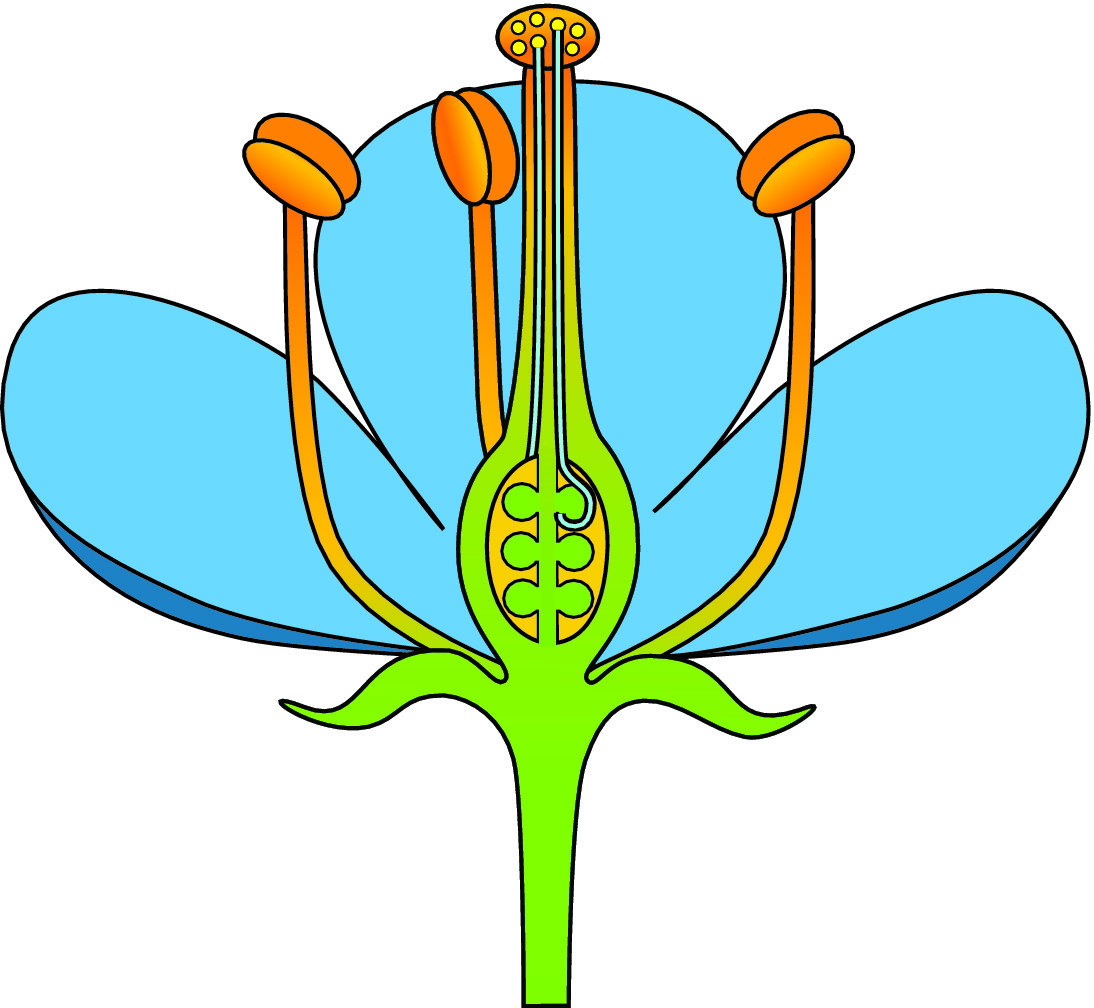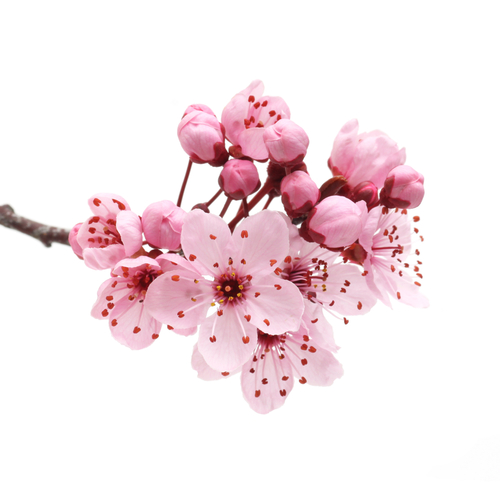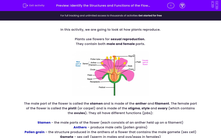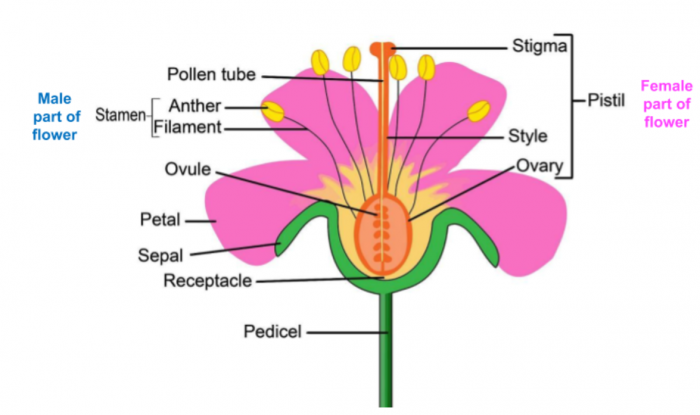In this activity, we are going to look at how plants reproduce.
Plants use flowers for sexual reproduction.
They contain both male and female parts.
The male part of the flower is called the stamen and is made of the anther and filament. The female part of the flower is called the pistil (or carpel) and is made of the stigma, style and ovary (which contains the ovules). They all have different functions (jobs):
Stamen - the male parts of the flower (each consists of an anther held up on a filament)
Anthers - produce male cells (pollen grains)
Pollen grain - the structure produced in the anthers of a flower that contains the male gamete (sex cell)
Gamete - sex cell (sperm in males and ova/eggs in females)
Stigma - the top of the female part of the flower which receives pollen
Ovary - the female organ of a flower which contains ovules
Ovule - produces the female sex cells and contains the ova
Sepals - when a flower is still a bud its petals are protected by sepals
Petals - surround the reproductive part of a flower and are brightly coloured to attract pollinators (like insects)
Nectar - a sugary solution produced by flowers to attract pollinating animals

In this activity, we'll look at the structures and functions of the flowering plant.










